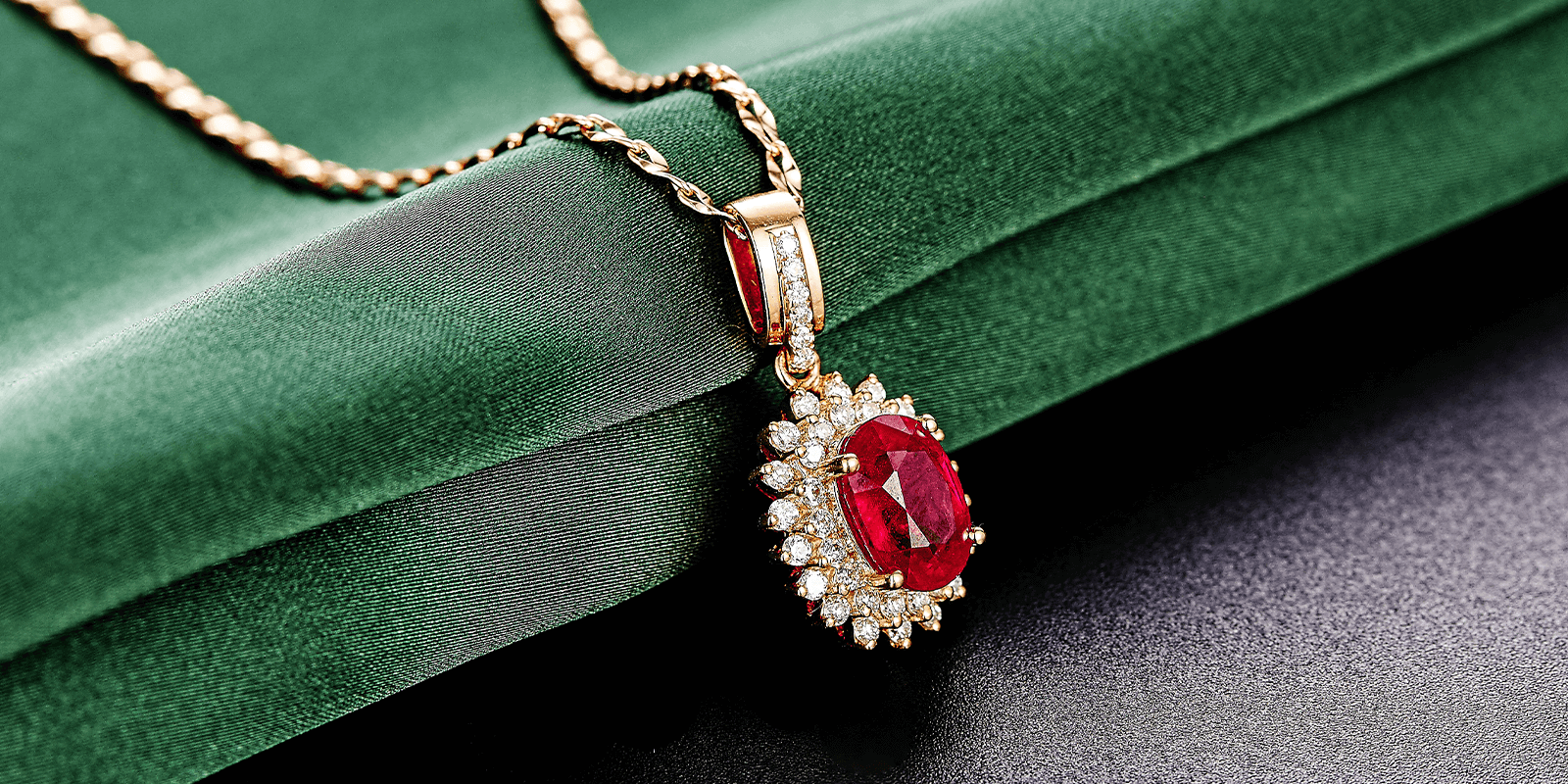When a toddler starts saying this, it can often feel like they are being selfish. But actually, toddlers, by nature are egocentric. Egocentric can look like selfish but selfish is being aware of others needs and choosing to meet your own, without regard for others. Egocentric (in regards to toddlers) is more about being unaware of others needs, not maliciously oblivious. There are stages of brain development that need to occur before a child becomes less egocentric. These changes happen naturally and cannot be sped up.
The “mine” stage is actually something very different from a display of egocentrism. It’s much deeper and more profound. It’s one of the first verbal signs of your child’s developing sense of self. We are not born with a sense of self. It develops overtime. As a baby, we view ourselves as one with our attachment figure. During toddlerhood, we start to develop a sense of identity. This begins in simple ways such as establishing our likes and dislikes. Establishing what belongs to us and what belongs to someone else.
Many small children tend to identify strongly with a few or many of their material possessions. This is not a sign of “materialism” or being “spoiled.” It’s that their treasured items have become an extension of their identity. Their identity is just beginning to form. This attachment to “stuff” is simply one way children begin to express their identity. It also gives them a sense of security, similar to what their parent provided.
Another thing to consider is “mine, mine, mine” often happens when a child feels that their item may be taken away. This is why taking items away as punishment may increase the “mines”. This can make the child more desperate to hold onto their items and more fearful of having them taken. Forcing a child to stare at this stage is also not developmentally appropriate. We can “help them” if they take others things by explaining “oh this toy is really cool. I can see why you grabbed it. I think Jayden was playing with it still. Can you give it back to Jayden or do you need my help?”
You may have to help by gently taking the toy back and giving it to the other child. Your child will likely be very upset about this. Just offer them comfort through hugs. Say “I know you really want to play with it. I know giving it back was so hard.” This is also a time when you may face some aggressive behaviours. Remember this is simply a sign of being completely dysregulated. When we are dysregulated, we have very little control over our bodies. It’s our job to protect our child, as best we can, if their body is reacting in a way that may hurt them or others.
Take them to a safe and quiet place where you will be more able to support their needs. Use soft items such as blankets, a school bag, stuffies, pillows and mats to protect them as best you can. Keep your tone and body language non-threatening and calm. Work on your own self-regulation as you support them and protect them.
Learn more about self-regulation and co-regulation with my book Finding Your Calm: A Responsive Parents Guide to Self-Regulation and Co-regulation






More Stories
4 Practical Tips for Traveling Internationally With an Infant – MotherhoodLater.com
Upcoming SEO Trends to Watch Out For in 2023
Using Open-Ended Questions in Student-Centered Learning